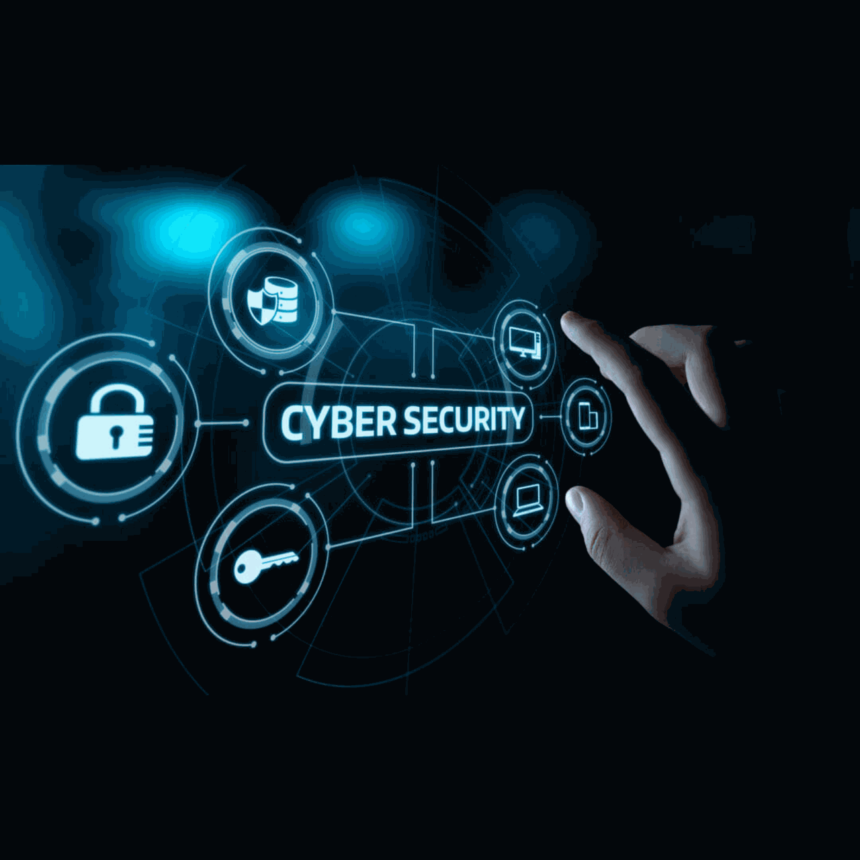Photo by Divgupta948 on Pixabay
In today’s digital world, the term “cybersecurity” is a buzzword that you’ve likely heard repeatedly. But what does it really mean?
Cybersecurity refers to the array of technologies, practices, and strategies implemented to safeguard digital systems, networks, applications, and data from unauthorized access, disruption, or damage. In essence, it’s about fortifying the digital world from the myriad of cyber threats lurking in the shadows of the Internet.
Cybersecurity isn’t just about technology; it’s also about the people and processes involved in designing, implementing, and maintaining a secure digital environment. From individuals protecting their personal data to businesses securing their critical assets, cybersecurity is a concern that spans all walks of life.
The Importance of Cybersecurity
Cybersecurity’s significance cannot be overstated. In our interconnected world, the cost of a cybersecurity breach can be colossal. From financial losses to reputational damage, the aftermath of a successful cyberattack can be devastating.
Moreover, cyber threats are not static; they are continually evolving. Cybercriminals are becoming more innovative, employing new strategies and techniques to infiltrate networks, steal data, and disrupt operations. As such, staying ahead of these threats is a daunting task that necessitates proactive and adaptive cybersecurity measures.
Key Elements of Cybersecurity
An effective cybersecurity strategy encompasses several crucial elements, each playing a significant role in securing an organization’s digital assets. Here are the seven main pillars of cybersecurity:
- Network Security: This involves protecting a computer network from intruders, whether they are targeted attackers or opportunistic malware.
- Application Security: This focuses on ensuring that software applications are free of threats that could exploit vulnerabilities, leading to data breaches or system damages.
- Endpoint Security: This aspect of cybersecurity is about securing endpoints or entry points of end-user devices like computers and mobile devices, thus protecting these devices and the network they connect to from breach attempts.
- Data Security: This refers to the practices and strategies put in place to ensure data privacy, integrity, and accessibility.
- Identity and Access Management (IAM): This is a framework for business processes that facilitates the management of electronic identities.
- Database and Infrastructure Security: This involves protecting databases and critical infrastructure from threats and vulnerabilities.
- Cloud Security: This is about safeguarding cloud-based systems, data, and infrastructure.
Different Types of Cyber Threats
Understanding cybersecurity also involves recognizing the various types of threats that one might face. Here are some common types of cyber threats:
- Malware: These are malicious software programs designed to damage or do other unwanted actions on a computer system. Common examples of malware include viruses, worms, Trojan horses, ransomware, spyware, adware, and rogue software.
- Phishing Attacks: These are attacks sent via email (or malicious websites) that try to extract personal and financial information from the user.
- Man-in-the-Middle (MitM) Attacks: These attacks involve a threat actor secretly relaying or altering the communication between two parties who believe they are directly communicating with each other.
- Denial-of-Service (DoS) or Distributed Denial-of-Service (DDoS) Attacks: These attacks attempt to make a machine or network resource unavailable to its intended users by temporarily or indefinitely disrupting services of a host connected to the internet.
- SQL Injection: This occurs when an attacker uses malicious SQL code for backend database manipulation to access information that was not intended to be displayed.
Cybersecurity Best Practices
Implementing cybersecurity measures is a critical first step in securing your digital assets. However, adhering to the following best practices will further strengthen your cybersecurity posture:
- Keep Software Up-to-date: Regularly update all software, including operating systems and applications, to protect against known vulnerabilities.
- Use a Robust Security Suite: Utilize comprehensive security solutions that can defend against various threats.
- Educate Employees: Regularly train employees on cybersecurity best practices and how to spot potential threats.
- Use Strong Passwords: Implement a strong password policy that includes minimum length, complexity requirements, and regular changes.
- Encrypt Sensitive Data: Use encryption for your most sensitive files such as tax returns or financial records.
- Backup Regularly: Schedule automatic backups for your important files and data.
- Limit Access Controls: Employ access controls to limit who can access what data, and ensure they have the necessary permission levels to perform their job functions.
- Implement a Disaster Recovery Plan: Have a disaster recovery plan in place to ensure business continuity in case of a cyber attack.
Cybersecurity and the Future
Cyber threats will continue to evolve, and new challenges will emerge. However, by understanding the basics of cybersecurity, recognizing potential threats, and adhering to cybersecurity best practices, individuals and businesses can protect themselves from potential cyber attacks.
In a world where our digital footprint continues to expand, cybersecurity is not a luxury but a necessity. Our collective effort to understand, implement, and maintain cybersecurity measures is crucial in creating a safe digital environment for us all.


